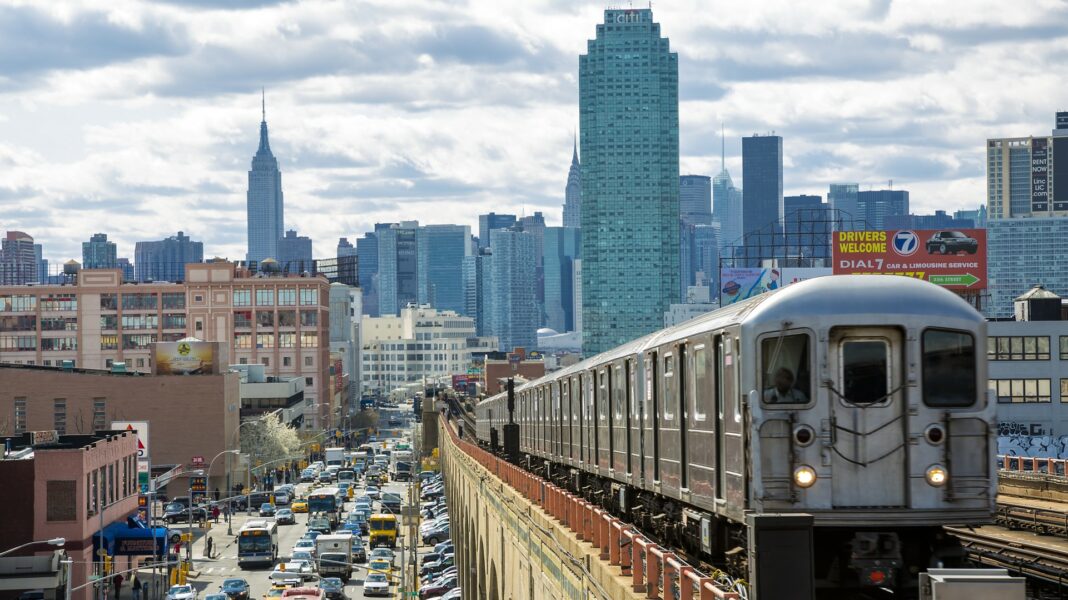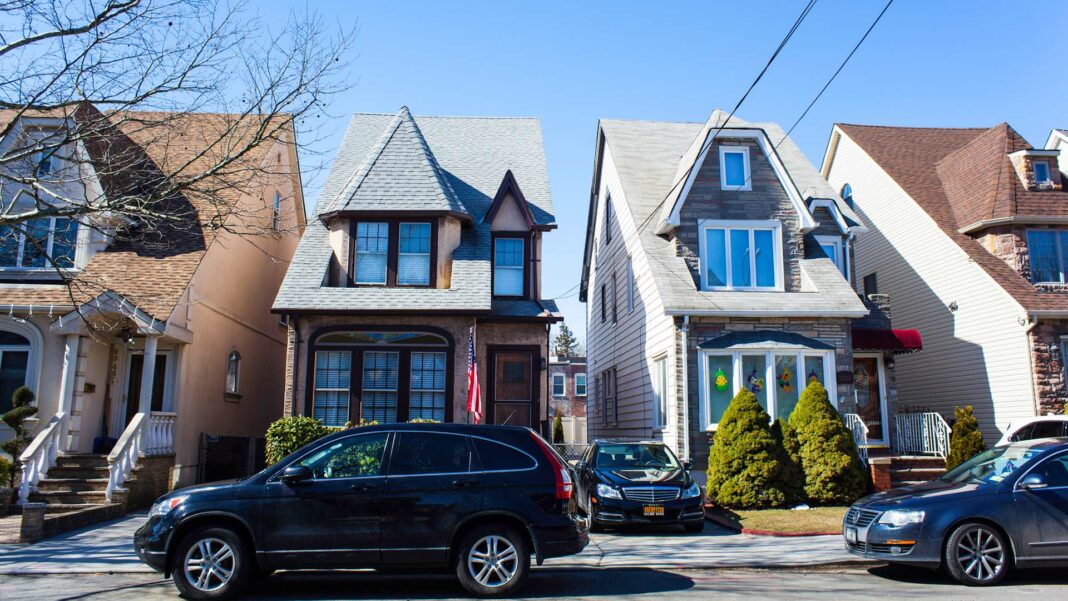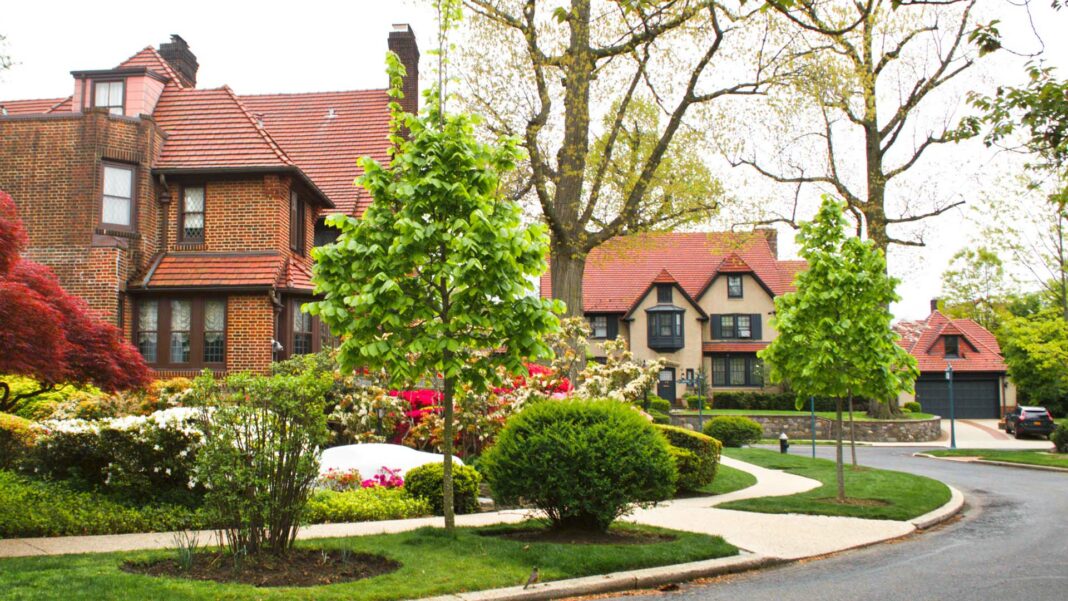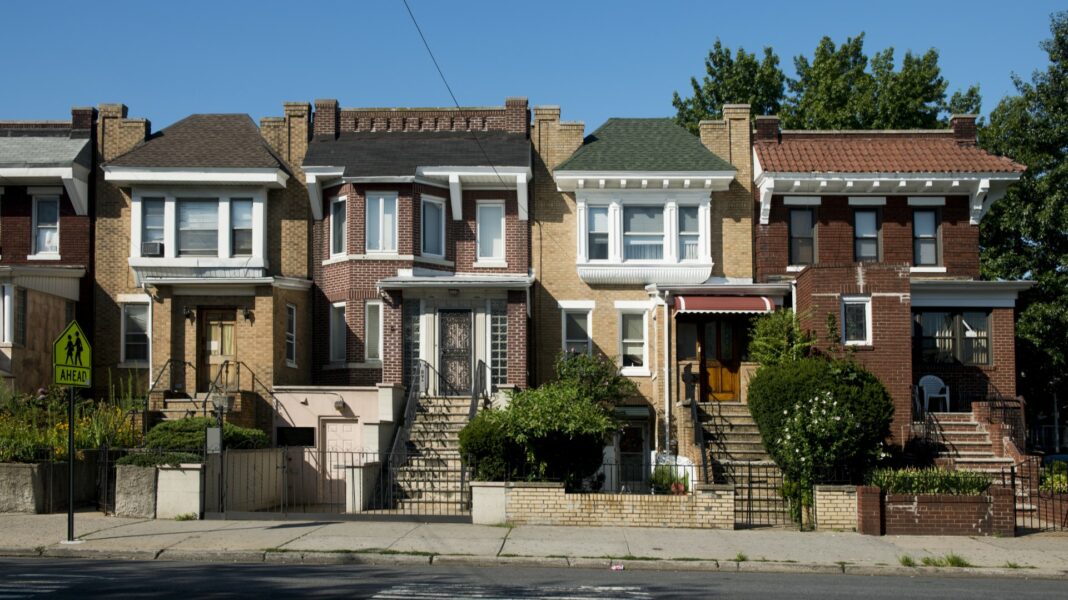
Queens is one of the more well-loved areas in New York City. The population of Queens is 2.2 million people by itself, making this small borough as populous as the entire city of Houston, Texas. This borough of NYC contains dozens of neighborhoods, each with their own culture and unique flair. Here are a few of the best neighborhoods in Queens that you might want to consider if you’re planning a move.
Jackson Heights – Best for unique housing options
Jackson Heights is a neighborhood with a variety of unique housing options. Many of the buildings in the area have private gardens, and the home styles run the gamut from Tudor-style homes to pre-war co-ops. It’s also a very diverse area, with over 150 languages spoken throughout the area. While you’ll experience a thriving daytime culture, Jackson Heights’ nightlife is much more subdued, which means that many families enjoy the area’s comfortable quiet.
Middle Village – Best for suburban lovers

Even though Middle Village is technically close to the center of Queens, it’s one of the more suburban neighborhoods. If you want to escape the get-up-and-go feeling of New York City, Middle Village is a great starting point, as it feels incredibly suburban, very different from many other neighborhoods in the area. Single-family homes are more common in this area, as well.
Fresh Meadows – Best for an urban-suburban mix
The Fresh Meadows neighborhood of Queens has a population of just over 30,000, which is the size of some small cities. That makes it a great place for people who want to have some peace and quiet, but also want to experience the nightlife. With a great mix of public schools, single-family homes, and entertainment options, such as bars and upscale restaurants, Fresh Meadows is a good option for young professionals.
Jamaica Estates – Best for privacy and space
This residential neighborhood is one of the more affluent in Queens, and if you’re interested in moving to a home in Jamaica Estates, you should expect a higher average rent, potentially $2,500+ per month for a two-bedroom apartment. However, the higher median housing prices also mean that you get more privacy, with more spacious apartments that you may not find in other areas. Additionally, if you’re interested in saving a bit of money, you might be able to look for an apartment complex rather than a rented home, as one-bedroom apartments are currently listed for around $1,800 per month.
Rego Park – Best for walkability

The neighborhood of Rego Park gives residents plenty of options, including upscale restaurants, spacious apartments, ample parks, and a quick subway ride to other Queens neighborhoods and other areas in the Five Boroughs. If you want to know what it feels like to be right near everything, Rego Park is a great starting point, especially since it’s considered incredibly walkable and has an extremely diverse crowd.
Forest Hills – Best for commuters

The Forest Hills area gives you access to a wide variety of gorgeous housing, including many buildings that were built as far back as the 1920s. Properties resting on or near Meadow Lake and Willow Lake also abound, creating an opportunity for boating and other water experiences. Plus, commuters will love the fact that the LIRR has a stop in Forest Hills that will get you to Penn Station in less than 20 minutes, making your weekly commute that much easier.
Astoria – Best for young, trendy professionals
Astoria, named after the 60 acres of Astoria Park, is another Queens neighborhood that gives you a little taste of everything. Trendy restaurants scatter the area, and Steinway Street, one of the main streets of this neighborhood, gives you access to boutique furniture and clothes shopping. Plus, it’s next to the renowned Socrates Sculpture Park. Astoria is also home to many beer gardens, like the Bohemian Beer Hall.
Short-term rentals in Queens

If you’re thinking about moving to Queens, one option to help you get a feel for the different neighborhoods is to get a short-term rental in Queens. As opposed to a hotel room, which is usually in a commercial district and therefore less of a genuine residential experience, a short-term rental helps you see what it’ll be like to live, work, and enjoy yourself in a specific neighborhood. Short-term rentals can help you understand what apartment complexes or single-family homes you might want to consider for your long-term commitment.
Frequently asked questions about living in Queens
What is the most affordable neighborhood in Queens?
If you’re looking for a more affordable alternative to expensive housing options in Queens, then there are less-expensive options out there. Richmond Hill, for example, has one-bedroom apartments averaging $1,650 per month, and College Point is only slightly more expensive at $1,700 per month.
Is Queens safer than other boroughs in New York City?
According to crime statistics, Queens is one of the safer boroughs in New York City, being safer than Brooklyn, the Bronx, and Manhattan. Only Staten Island has a lower crime rate.
Is it expensive to live in Queens?
Whether you consider Queens “expensive” depends on whether you’re considering its place among other New York cities, or in relation to other areas of the country. The cost of living in Queens is about 50% higher than the national average, which is significantly higher than you might hope. But it’s also about 3% lower than the state average. If you have your sights set on New York City, then Queens is a great option.
Can you commute to other boroughs and live in Queens?
It’s very common for people to work in other areas of New York City, such as Manhattan or Brooklyn, and choose to live in Queens. Public transportation in New York City is exceptionally strong, which makes it easy for you to commute to other boroughs if you want to live in Queens. The busiest subway stations are 74-Broadway/Jackson Heights to Roosevelt Avenue and Flushing to Main Street, and the Queens Boulevard Line and Flushing Line are the lines with the most stops in Queens. If you work in Manhattan, living in Queens can be a helpful way to manage the cost of living.



